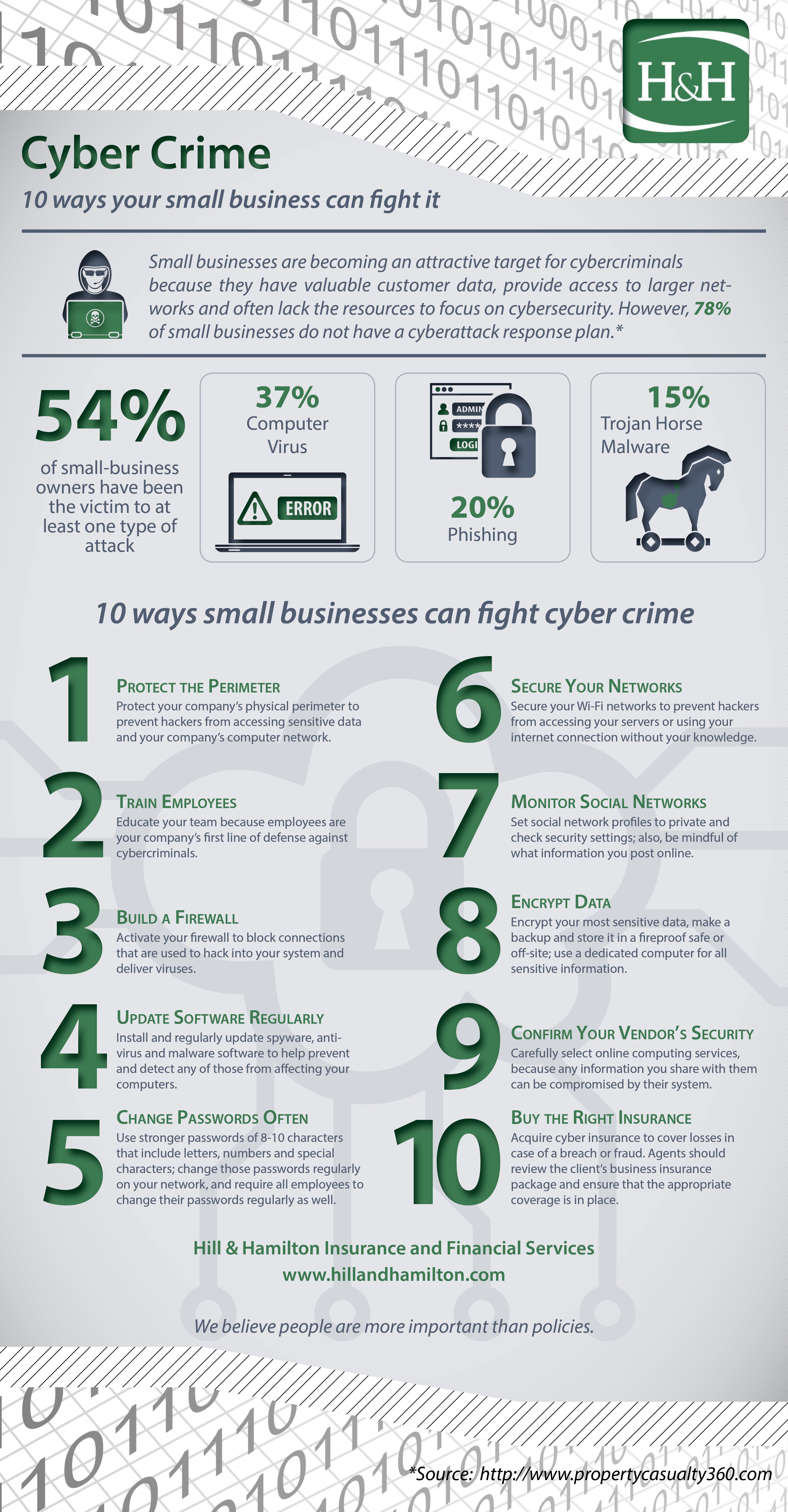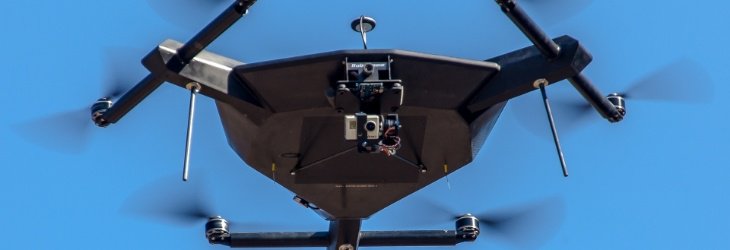As technology continues to advance and become more sophisticated, so do hackers and their ability to access your sensitive information.
And now hackers have a whole new form of attack – assault by air… also known as drones.
Drones can be used to record scenes for movies, they can carry out home deliveries at lightning speeds, and they can follow thieves from above.
The types of use are nearly unlimited, including the possibility for misuse.
Some of these misuses include flying contraband into prisons, illegally spying, and intercepting communications with computer systems.
Unmanned aerial drones and your business
Unmanned aerial drones, also called unmanned aircraft systems (UAS), are a new type of aircraft that has broad commercial and personal uses.
UAS can be used to inspect buildings, deliver materials, or fly around as simple recreational products.
However, as UAS become more advanced and widespread, they can represent a significant new threat to your business.
The exposures caused by UAS have been widely covered by the media.
Drones have crashed at the U.S. Open, the White House and other prominent locations. They have led to instances of property damage, severe injuries and death.
And, as UAS technology advances, new risks such as cyber security and privacy need to be considered.
These threats, along with the lack of definitive UAS regulations, make drones a new and substantial risk exposure. You need to be aware of how UAS can impact your business, and what you can do to protect it.
Consider the technological risks
Since most drones are small and widely viewed as advanced toys, you may not consider them substantial threats.
However, many small UAS are already equipped with cutting-edge cameras and listening devices, and they present serious risks to your data and the privacy of your business.
Researchers have demonstrated that drones equipped with smartphones can access data from a business’s networks and devices. Additionally, these drones can access areas that a normal person could not, such as the top floor of a building or outside the window of a secured room.
Any of your business’s Wi-Fi networks, computers or wireless printers could also be targeted by a properly equipped drone.
Employees’ personal devices could be vulnerable to this same type of attack, and any business information on these devices could be compromised.
The cyber security risks of drones will only be compounded by additional features that make UAS easier to use and even autonomous.
As GPS and sensor technology improves, the owner of a UAS could instruct a drone to automatically monitor your business, disrupt its operations or steal your data.
Even if a drone isn’t used for nefarious activities, if one is unmonitored or forgotten, it could still crash and cause significant damage.
Be aware of federal and local regulations
The FAA believes that drones are currently the most dynamic growth sector within the aviation industry, and it estimates that 7,500 drones will be operating commercially by 2018.
Though the FAA has yet to release final regulations on the commercial use of drones, they can be registered for business use with the FAA. For more information, visit the FAA’s website.
UAS that are used only for recreation are still considered aircraft, and most of them must be registered with the FAA. Here are the basic guidelines for registering recreational UAS:
- UAS that weigh between 0.55 pounds and 55 pounds must be registered online
- If a UAS weighs more than 55 pounds, it must be registered by paper
- Once registered, the UAS operator will receive a registration number that must be placed on all applicable drones
- Registration is valid for three years; failing to register may result in regulatory and criminal sanctions
The FAA also has regulations that apply to both commercial and recreational UAS:
- Drones must fly below a height of 400 feet above ground level and weigh 55 pounds or less
- An operator must maintain a visual line of sight with his or her drone
- Drones cannot fly within five miles of an airport, and must remain clear of all manned aircraft and obstacles
- Drones cannot be flown near people or open-air stadiums
The FAA currently considers UAS to be in the same category as manned aircraft. As a result, any attempt to damage or destroy a drone can result in federal penalties – up to 20 years in prison and $25,000 in fines.
Many state and local governments have also passed laws concerning the use of UAS. These laws can vary by location, so be sure to research the policies concerning drones in your area.
Reduce your risks
The risks of UAS technology may seem difficult to protect against, but there are steps you can take to keep your business safe.
Ensure that your business networks and devices are safe from intrusion, even if they seem to be in an inaccessible location.
Also, since many wireless networks operate on the same frequency as UAS, ensure that your network will not interfere with their operation and cause a crash that your business could be held liable for.
Instruct your employees about the use of UAS, and that they should never take action to damage or disable a drone. Instead, tell employees to call your local police department if they are concerned about any UAS activity.
Even incidental damage could expose your employees and business to federal penalties as well as expenses for any resulting damage.
Curious about what you can do to prevent Cyber Crime?

The need for insurance coverage
Any physical damage that a drone causes to your property, equipment or employees could be covered under existing policies. However, you will need a separate Cyber Liability Insurance policy to protect you against any disruptions with your computer systems.
Along with implementing and deploying adequate security measures that are appropriate for your business and its size, it would be prudent to consider the adequacy of your Cyber Liability coverage.
A Cyber Liability policy could respond to the significant costs, fines and loss of income your business would suffer as a result of a cyber attack or data breach.
In addition, if your business owns & operates a drone, you face typical aviation exposures such as the drone malfunctioning and crashing, possibly injuring someone, or damaging property. You will need a specialized insurance policy to protect your business from these types of claims.
The level of coverage your business needs is based on your individual operations, and can vary widely depending on your range of exposure. It’s important to work with an Insurance Advisor that can identify your areas of risk, and customize a policy to fit your unique situation.
If you’d like additional information and resources, we’re here to help you analyze your needs and make the right coverage decisions to protect your operations from unnecessary risk. You can download a free copy of our eBook, or if you’re ready to make Cyber Liability Insurance a part of your insurance portfolio, Request a Proposal and we’ll get to work for you.
